
Frances has tips on future-proofing your garden (Image: BBC)
With century-old records for warm May days expected to tumble this week, gardeners’ thoughts are beginning to turn to more drought-tolerant plants. Frances Tophill, from the BBC Gardeners’ World magazine, has a few suggestions to future-proof your garden against future heatwaves and there’s no better time to start planting them then the hottest day of the year.
The hottest day recorded in the UK came in July 2022, with a scorching 40.3C measured in at Coningsby in Lincolnshire. While our winters are projected to become wetter, as climate change begins to bite, hot, dry summers are expected to become the norm across most of the UK.
Frances has picked out five attractive plants that will keep your garden looking healthy and abundant even in the driest months, on the Gardeners’ World YouTube channel.
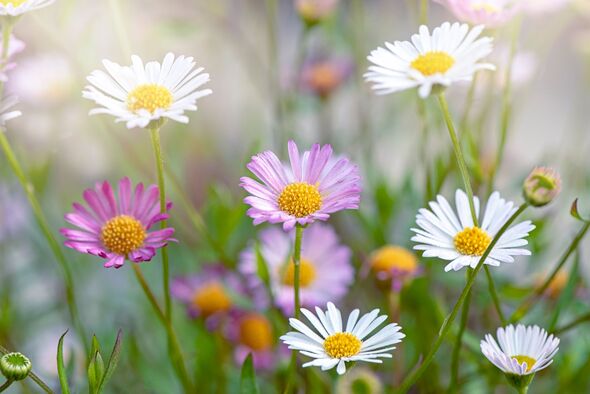
Mexican flea bane will do well even in very meagre soil (Image: Getty Images)
Don’t miss… Alan Titchmarsh ‘very concerned’ about co-star Frances Tophill ‘living in a van’ [LATEST]
Mexican flea bane
Despite its unattractive name, Mexican Flea Bane, or Erigeron karvinskianus, is a pretty little daisy-like plant with flowers that open with white petals that soon turn pinkish-purple, during the summer.
It’s a semi-evergreen perennial, that readily forms wide mats that can reach about 15-30cm in height.
Frances points out that the fact that it can often be found growing in cracks in paths or walls is a really good clue that the little plant can cope with drought, because the roots can cope with only a minimal amount of soil.
“The roots have got hardly any soil, hardly any space, so they’ll be getting hardly any moisture when they’re growing,” she said. “So they’re really fantastic for slowly spreading and taking over an area where very little else will grow.”
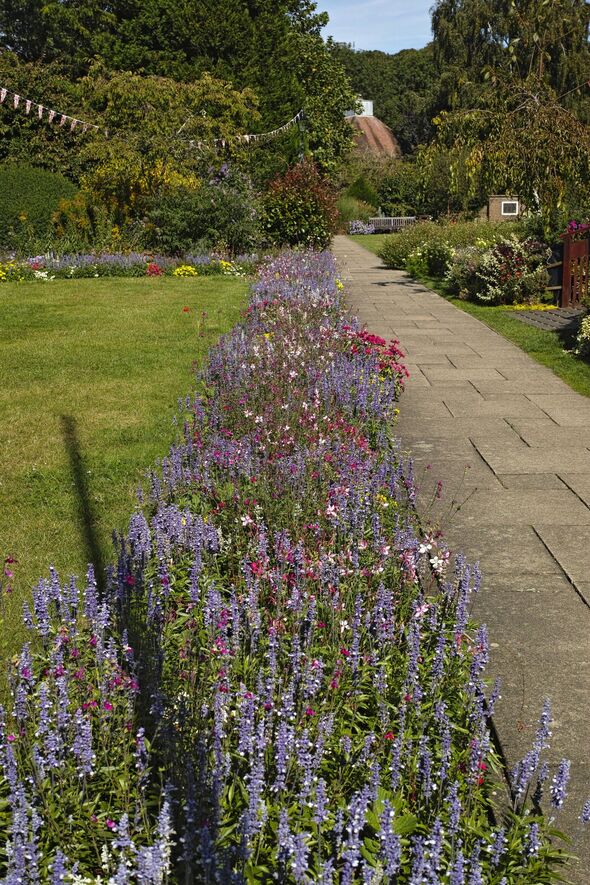
Nepeta has a long flowering season (Image: Getty)Nepeta
This plant, often called catmint, gives off a “lovely smell” when you rub its leaves Frances says, which is another hint that it’s drought-tolerant. “Any plant that, when you rub it, has a scent, is probably is very good at coping with drought,” Frances says.
Nepeta is a great asset to the garden, producing a lush growth of lavender-blue flowers over a long season from late-spring to late-summer.
She adds: “The great thing about it, is that you can cut it back a few times during the year, and the whole plant will then form another mound and often flower again.”
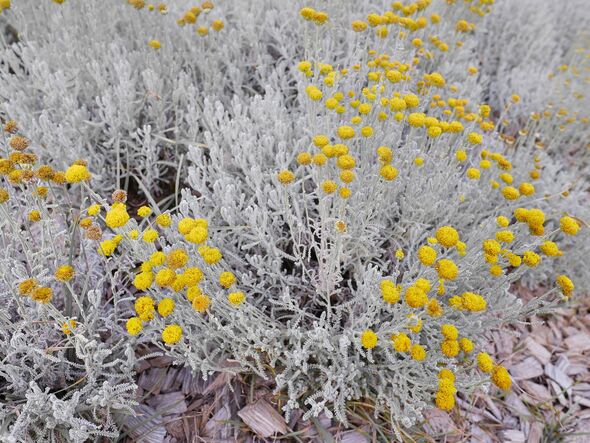
Cotton lavender will do well in very dry conditions (Image: Getty Images) Cotton Lavender
Santolina, or Cotton Lavender, comes in a few different varieties but all of them will do well in dryer conditions. Santolina chamaecyparissus is a typical example. It’s an evergreen shrub narrow, silvery-green leaves and long-stalkedvbright yellow flowers about 2cm across.
It’ll take up to five years to achieve its full height of half a metre, but it will supply a splash of colour and interest almost from day one.
Frances says: “It’s a really good performer in a very dry position. It won’t like to be anywhere that gets wet in the winter, so if you have a really sandy or rubbly area of the garden that’s baked by the sun santolina will be really happy there.
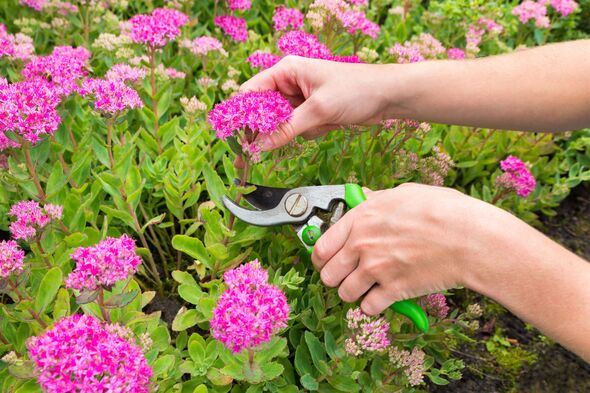
Sedum is a magnet for pollinators (Image: Getty Images/iStockphoto)Sedum
Sedum features fleshy leaves that store water, to help the plant endure in hot, dry conditions. They’re also great for tiny wildlife, Frances explains.
“They have really good flowers for pollinators,” she says. Lots and lots of them will flower, and are really enriching to biodiversity and to the insects that visit your garden.”
Sedum’s versatility, and its tolerance of rocky soil, makes it a great performer in tough conditions.
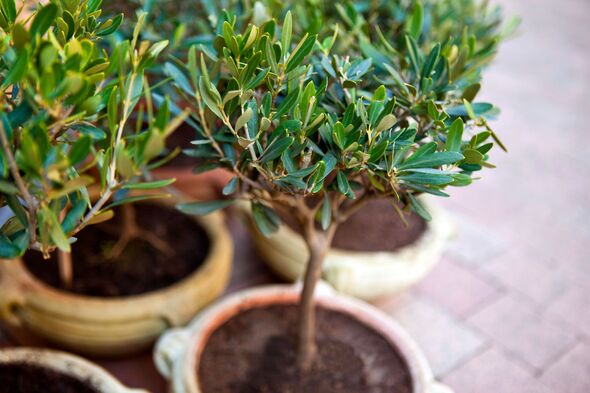
Olive trees really elevate a garden, but be careful where you buy them (Image: Getty Images/iStockphoto)Olive trees
An olive tree is a good choice for a part of the garden that’s always dry, Frances says.
They’re not the cheapest, though. She adds: “They can be pretty pricey if you get a lovely big specimen, but I think they’re worth it for the gorgeous big chunky stems and their silvery foliage.”
Frances warns that olive trees are particularly sensitive to frost, so they will extra care in winter. Another warning, Frances adds, is to always buy your olive tree from a reputable source.
She says: “They need a plant passport so that they’re not carrying something called Xylella virus which is coming from the Mediterranean. So a good well-sourced tree is worth the investment because they’re so majestic, they’re so beautiful.
“And then if you’re very lucky and very sheltered,” she adds, “you may even get some olive fruits that you can cure and store and eat.”

Frances warns that even drought-tolerant plants need to be well-watered at first (Image: Press Association Images)
If you fancy a little more variety, as a general rule Frances advises that drought-tolerant plants tend to have smaller leaves that are often waxy in appearance, lighter-coloured foliage and, very often, small hairs on they leaves.
Check out the options at your local garden centre, and of course ask the experts there if they have any additional tips. Remember that while many plants are listed as drought-tolerant, almost all will need good watering in the early stages, until they become well-established.

